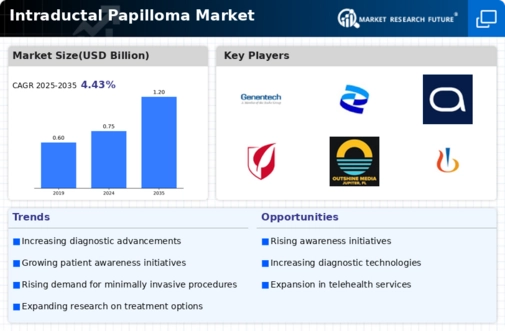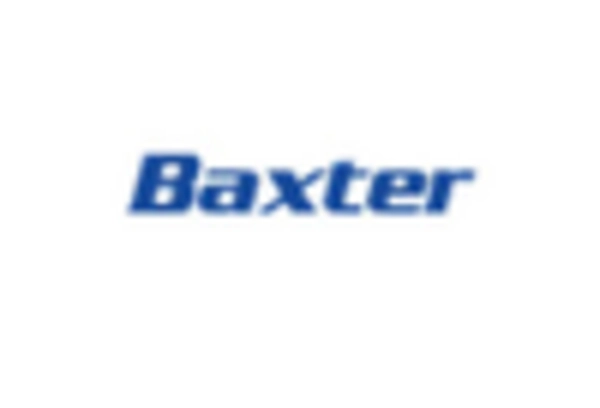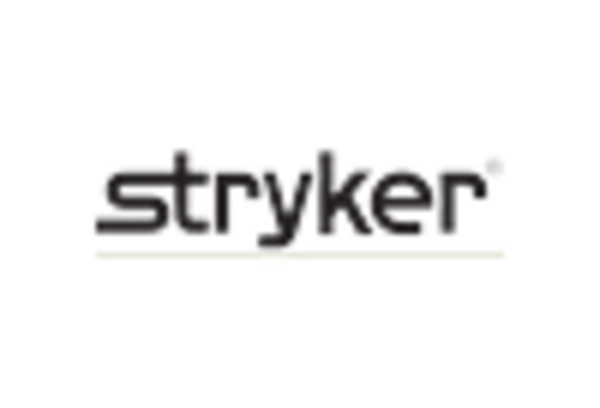Market Trends
Key Emerging Trends in the Intraductal Papilloma Market
Intraductal Papilloma (IDP) market trends have evolved rapidly in recent years, demonstrating the healthcare industry's rapid transformation. How to detect and treat intraductal papilloma, a benign breast duct tumor, has changed significantly. The market has prioritized early diagnosis and individualized therapy as testing methods have evolved and we've learned more about IDP's genetics. The popularity of non-invasive testing technologies is growing. Mammograms and ultrasound are still helpful, although molecular imaging and liquid biopsy are becoming increasingly common. These new methods improve IDP diagnosis and make it simpler for patients, reducing the necessity for intrusive therapies. As the sector invests in R&D, the market expects more helpful and non-intrusive testing tools. Another notable innovation is tailoring Intraductal Papilloma therapies. Now that scientists understand how IDP originates at the molecular level, pharmaceutical firms are developing genetically targeted therapies. Personalized medicine is thought to improve treatment efficacy and reduce negative effects. Precision medicine is growing in cancer and changing the Intraductal Papilloma market. Healthcare sector leaders are also collaborating on research and building partnerships. Academic institutions, pharma corporations, and medical technology companies are increasingly sharing resources and information. The purpose of these agreements is to accelerate diagnostic and therapy development. Because they enable a more complete research and development of Intraductal Papilloma, these interactions are crucial. The Intraductal Papilloma market is evolving as patients learn more about it. Healthcare organizations' awareness efforts and training initiatives help people detect IDP symptoms. Earlier diagnosis and prevention are more probable. This shift toward strategic healthcare educates patients, which benefits the market. Governments also shape the Intraductal Papilloma market. Legal frameworks are evolving to keep up with commercial growth while protecting patients. New testing methods and treatments are being approved faster, making market entry simpler for new enterprises. This allows for faster scene changes.

















Leave a Comment